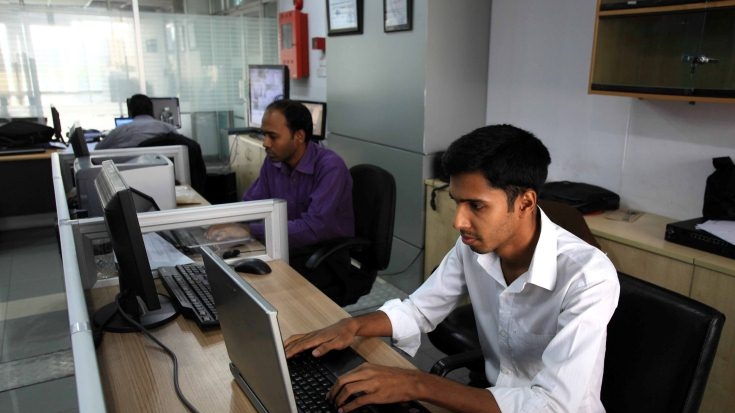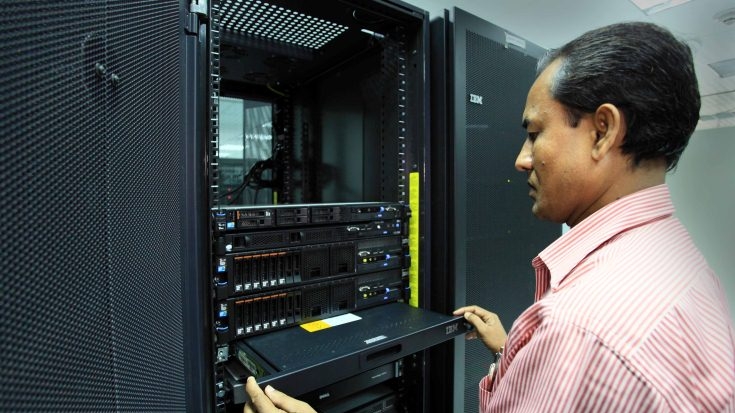Challenge
Public procurement reform is a crucial building block in improving public sector management, governance and accountability. Public procurement expenditure constitutes over 70% of the annual development program in Bangladesh; thus procurement plays a pivotal role in the development agenda of the Government. It is well-documented that weaknesses in public procurement have a cumulative negative effect on investment and economic growth. Poor public procurement skews investment toward areas where rent-seeking is prevalent, rather than toward the areas that need it most for poverty reduction and development.
Solution
The PPRP II follows up the successes of PPRP I to progressively improve performance of the public procurement system, particularly focusing on large spending sectors, ministries and agencies. After piloting, the PPRP II has been rapidly expanding the electronic procurement (e-GP) and online procurement performance monitoring systems (PROMIS) in four key government agencies, namely the Roads and Highways Department, the Local Government Engineering Department, the Bangladesh Rural Electrification Board and the Bangladesh Water Development Board. Electronic procurement makes public contracting more accessible, more secure and more efficient, thereby enhancing the implementation of priority development programs. Through the web interface, procurement information becomes accessible and competition and transparency are enhanced - making collusive bidding difficult.
The capacity development program in PPRP-II is now recognized as an emerging model because of its unique features. These include developing a critical mass of about 35 national trainers; establishing a procurement faculty at a local institute; implementing procurement training for about 20 different audiences, such as policy makers, procurement practitioners, bidding community and auditors; providing three-week training to about 2100 staff of the four agencies (total over 2900) in a way so that each procuring entity within those organization has at least one trained staff; and introducing a built-in incentive mechanism for the top-performers (international procurement accreditation by the Chartered Institute of Purchasing and Supply, UK and Masters programme in procurement); already 35 has been accredited as MCIPS and received a Masters in procurement.
In addition, the project has launched a social accountability and communication campaign through the public-private stakeholders committee (PPSC) and has formed a government-contractors forum along with behavioural change communication campaign to demystify procurement at the grassroot level. It followed a three-pronged approach using media campaigns, capacity building, and advocacy interventions. About 2,700 participants from 64 districts joined advocacy related activities and mass media was used to create awareness and to popularize reform agenda. This included TV and radio commercials, popular songs, music videos, newspaper cartoon series and a 6-episode reality show where bidders and procuring agencies competed.
Results
- 25% tenders invited through electronic procurement in four key agencies in 2013, up from only 3% in 2012
- 66% small value contracts at decentralized levels have been awarded within the initial bid validity period in 2013, up from only 10% in 2007.
- 72% contracts awards in 2013 were published at the Central Procurement Technical Unit (CPTU) website, up from only 15% in 2007.
- 100% of the bids invitations were published in newspapers in 2012, up from 70% in 2005.
- Over 2,900 officials provided three-week procurement training
- 2,650 participants at local level joined the district level conference on public procurement



